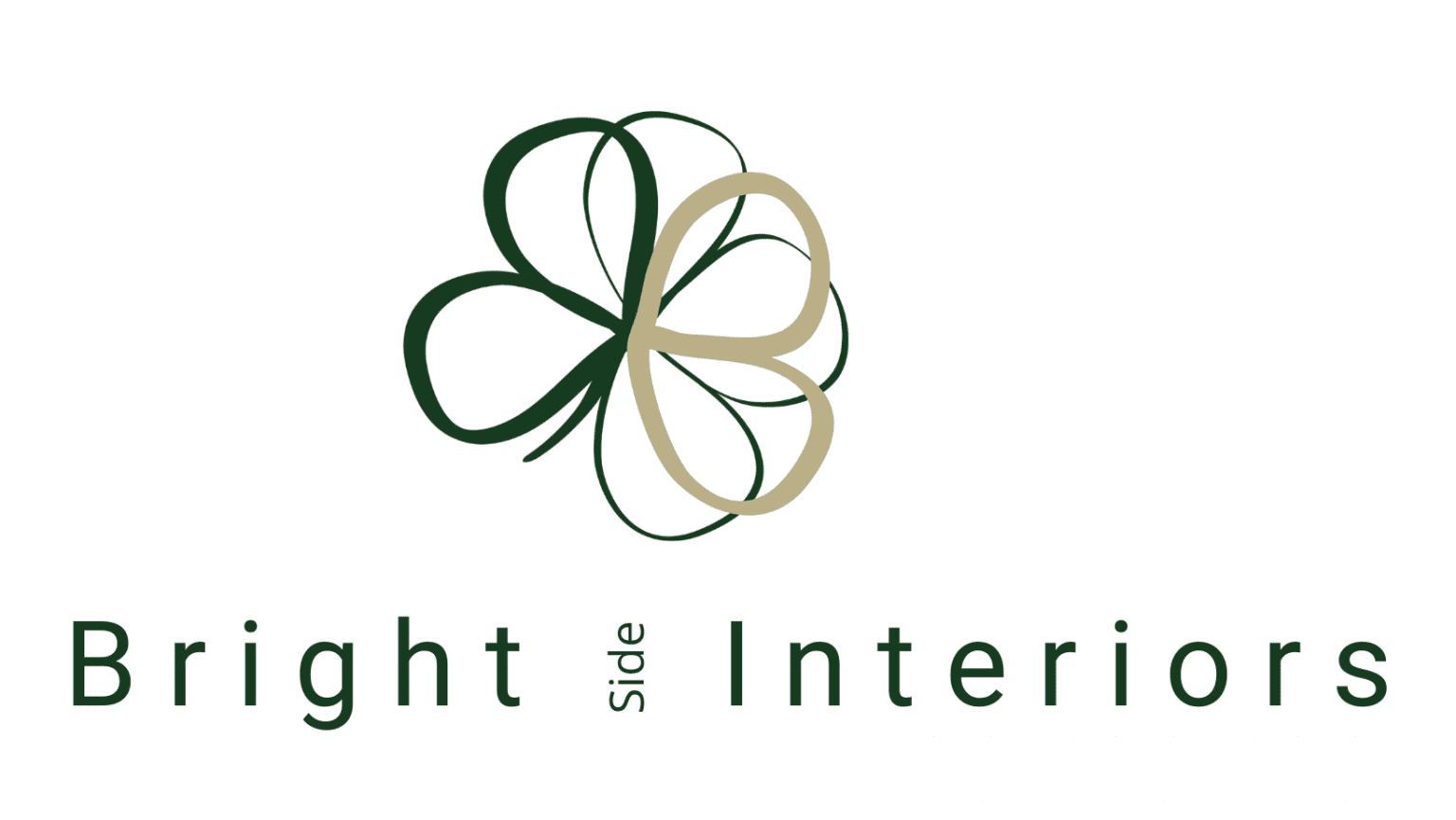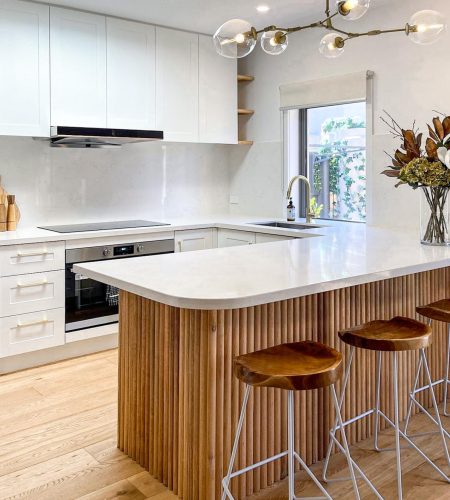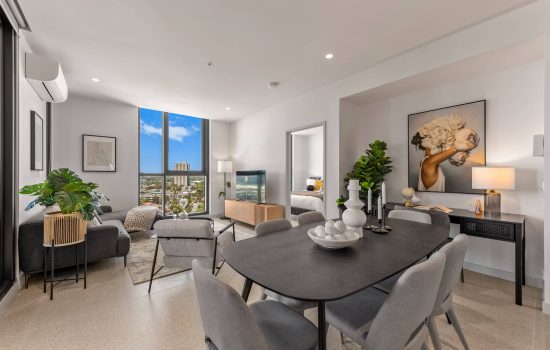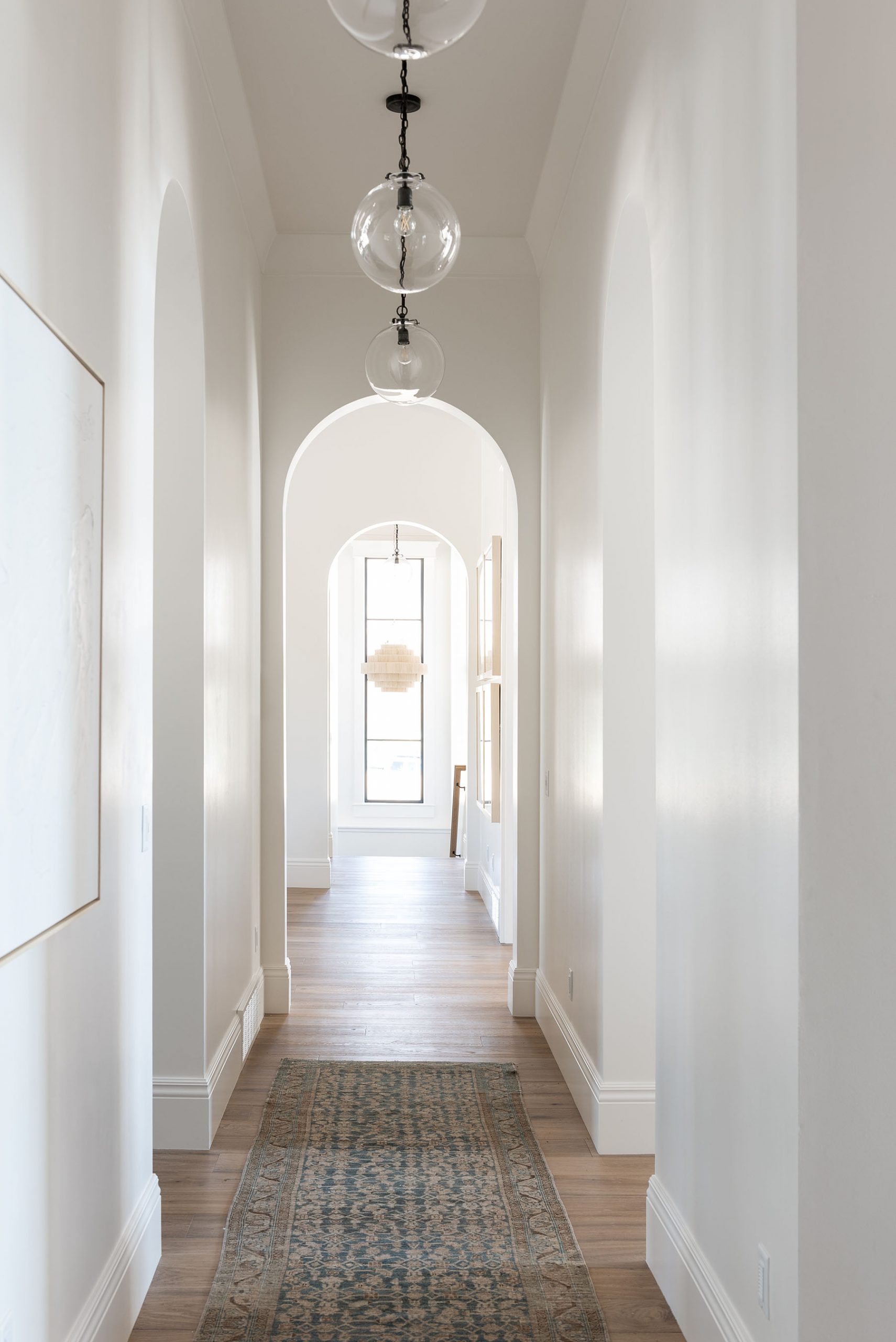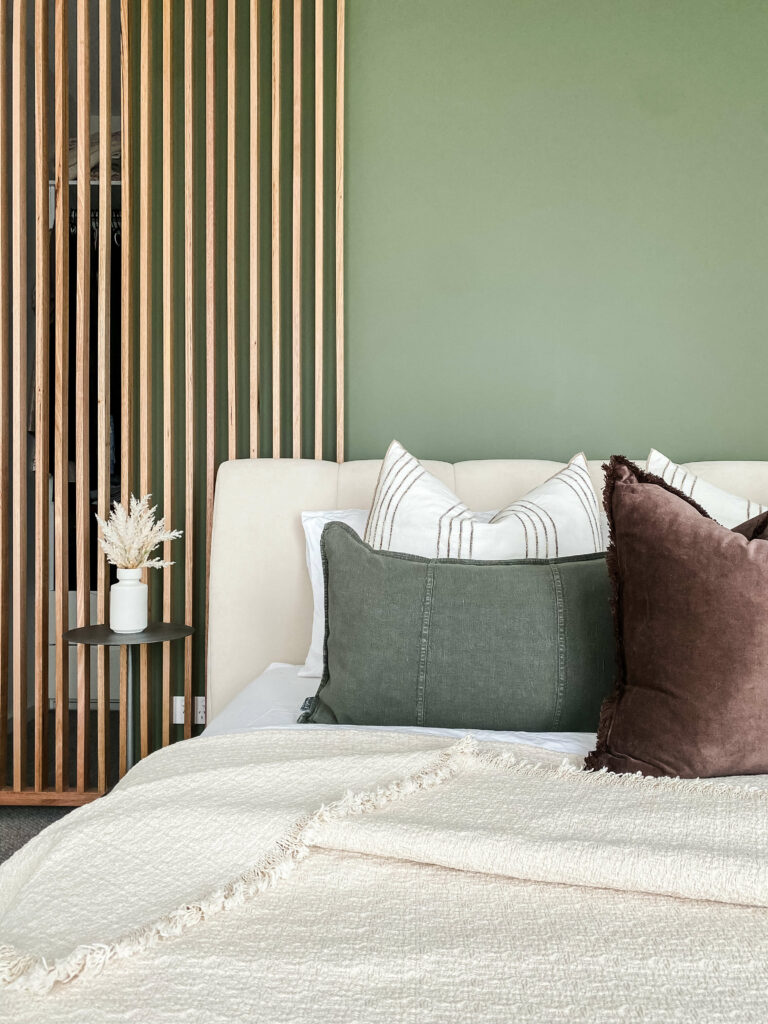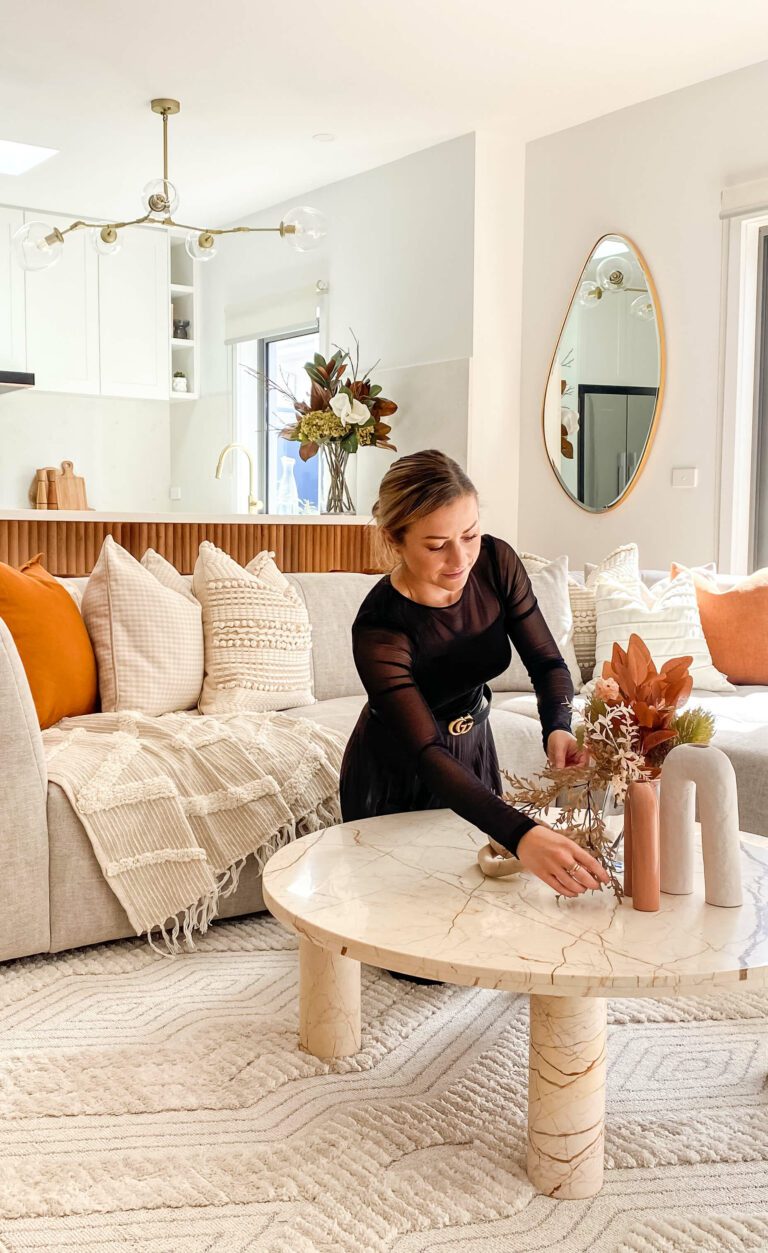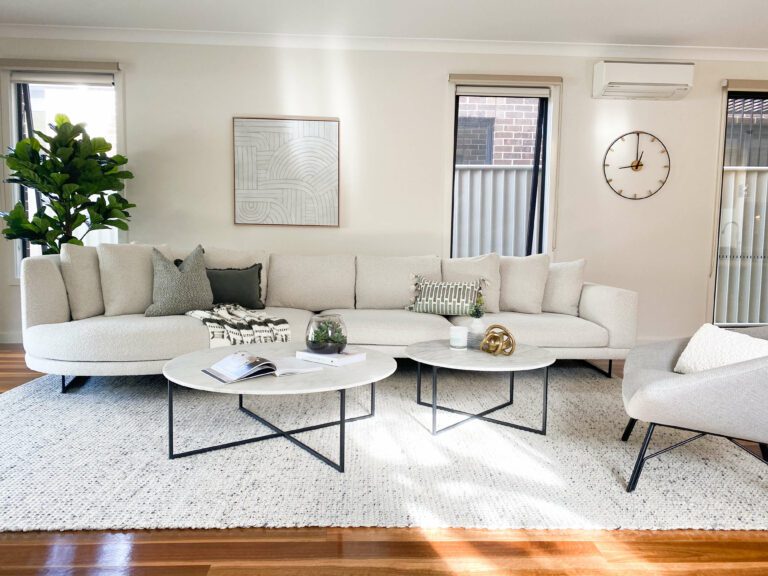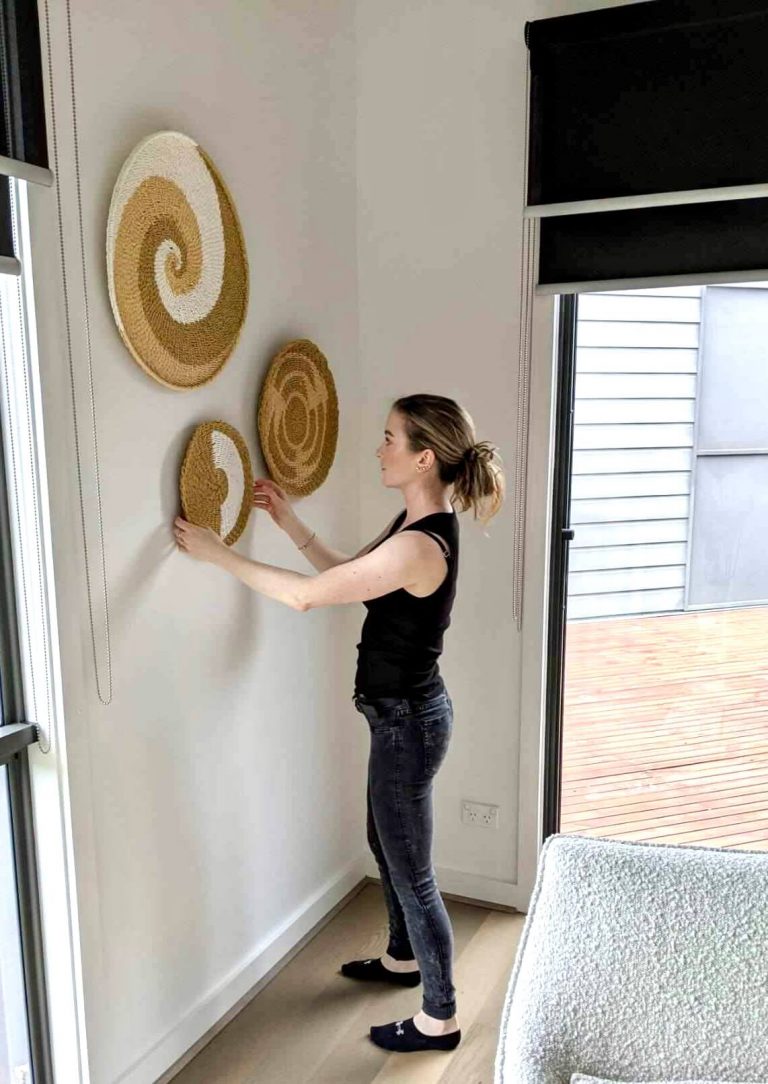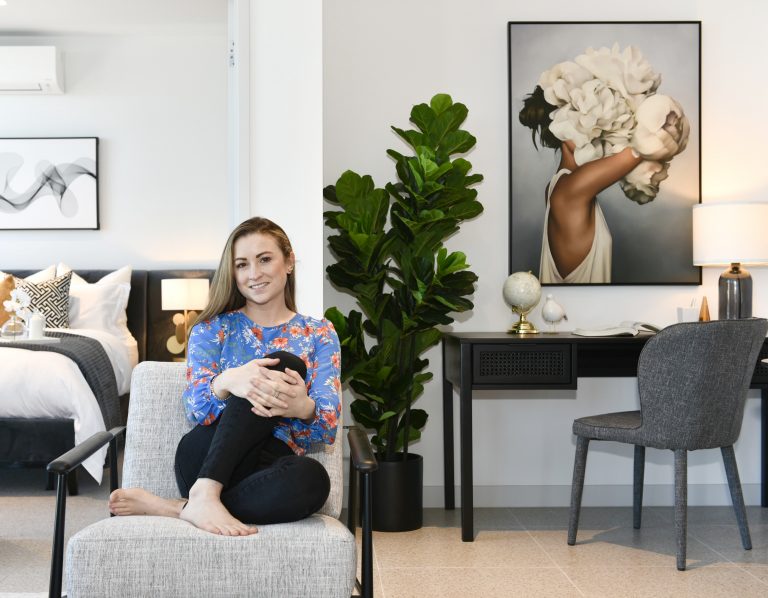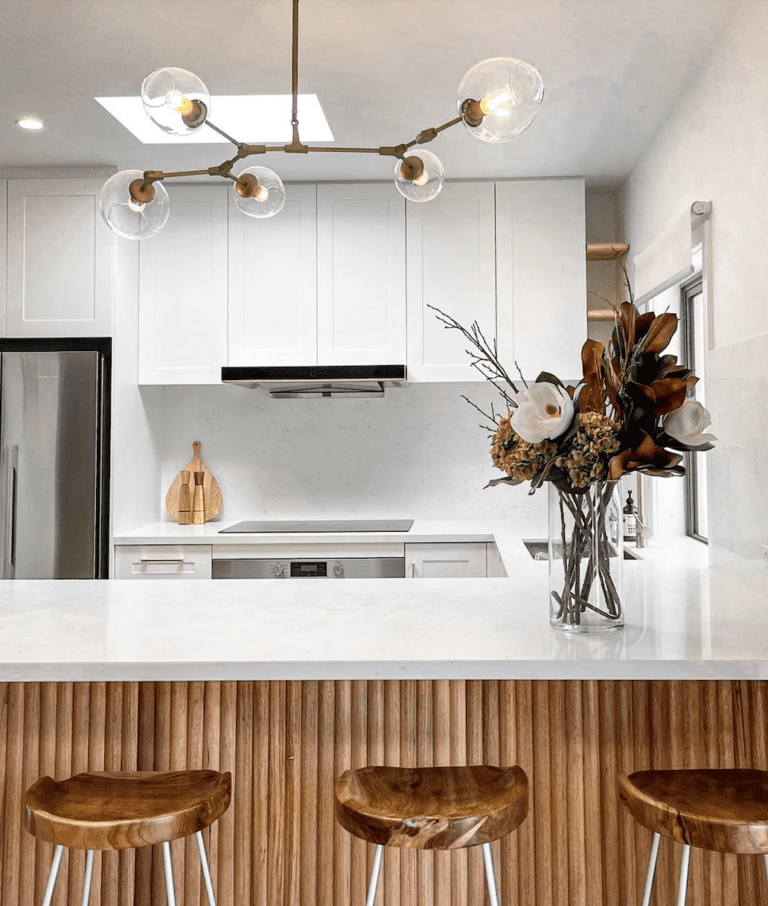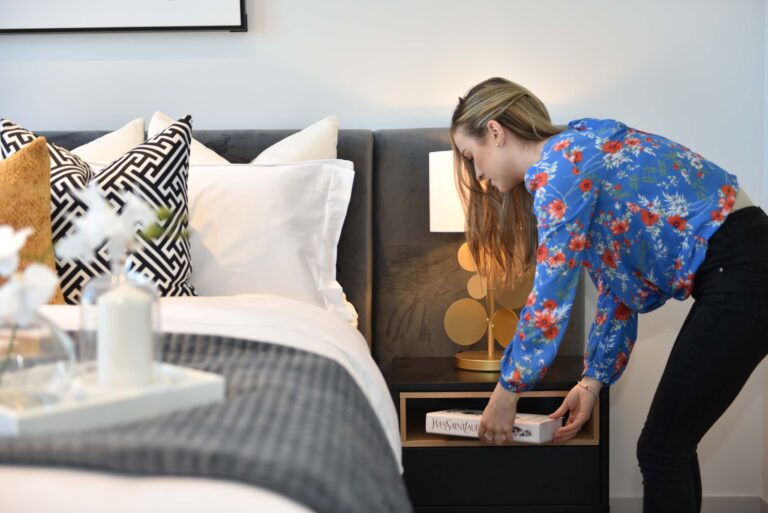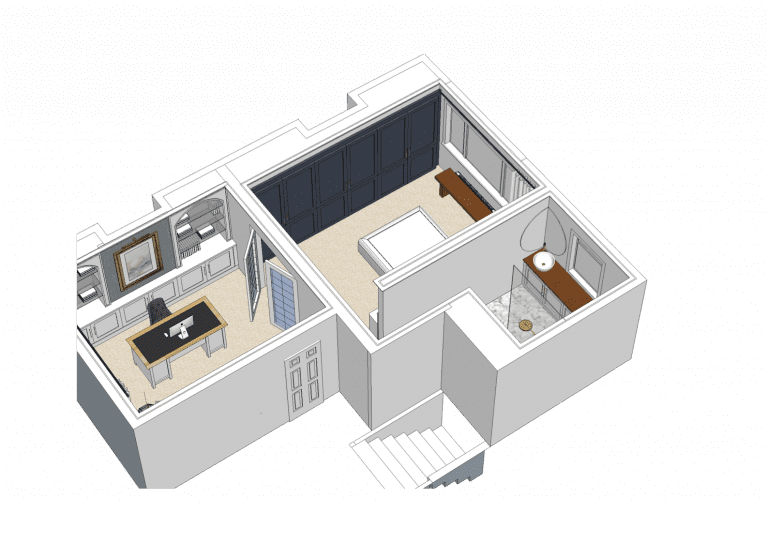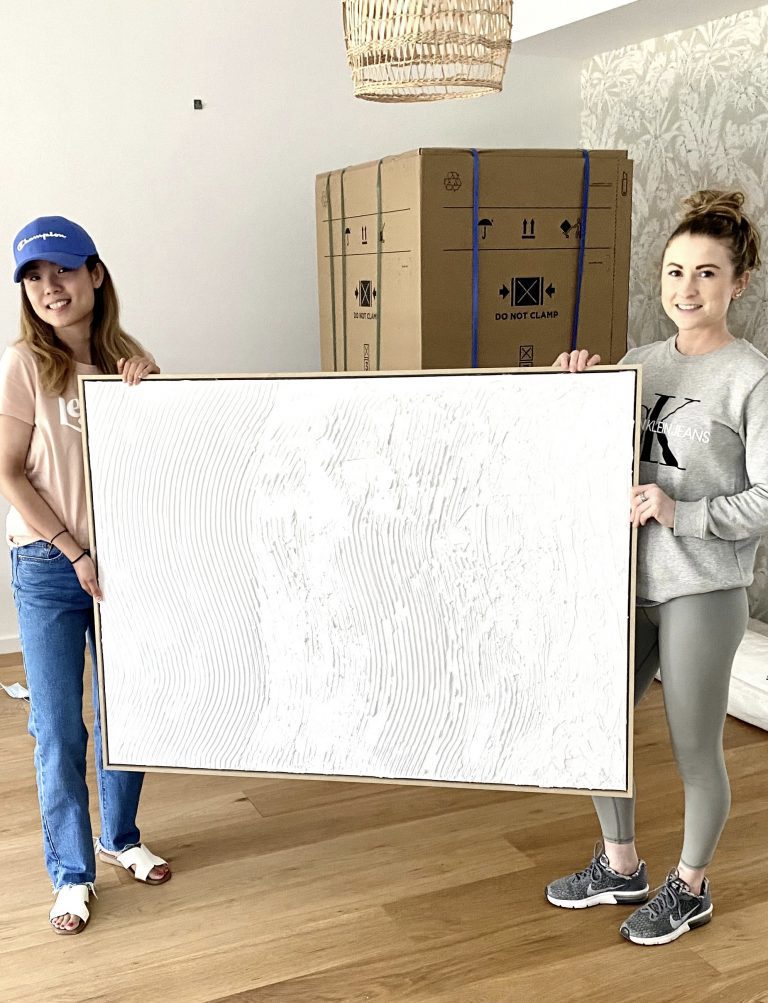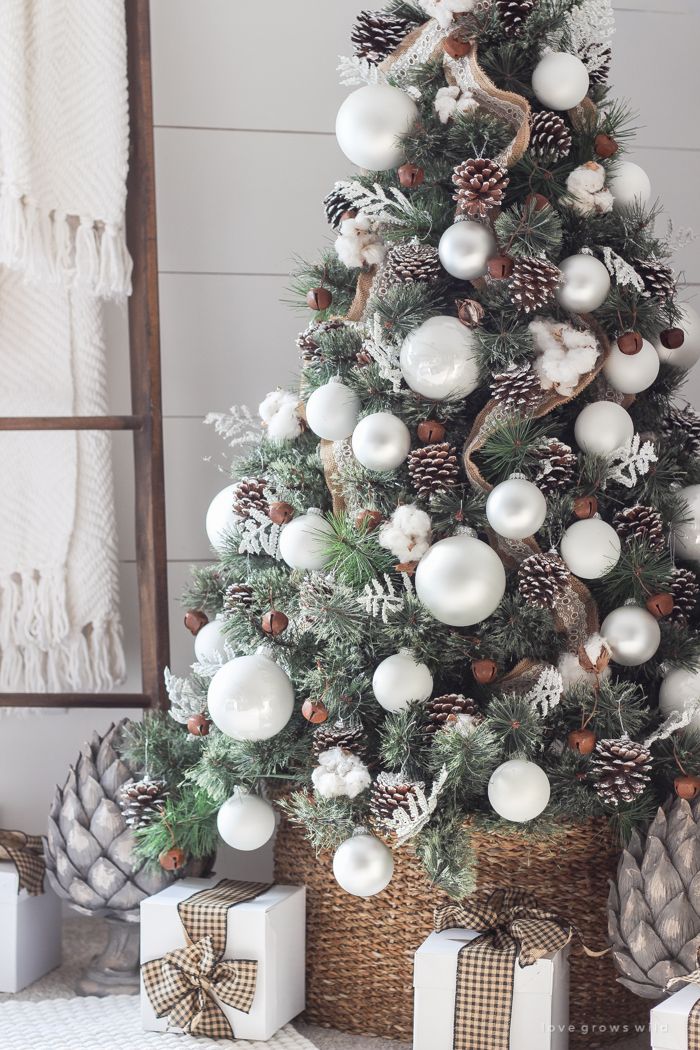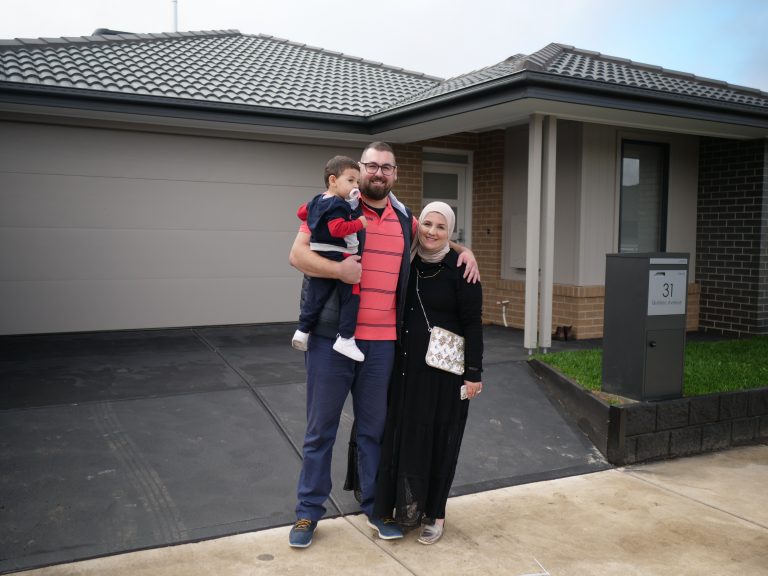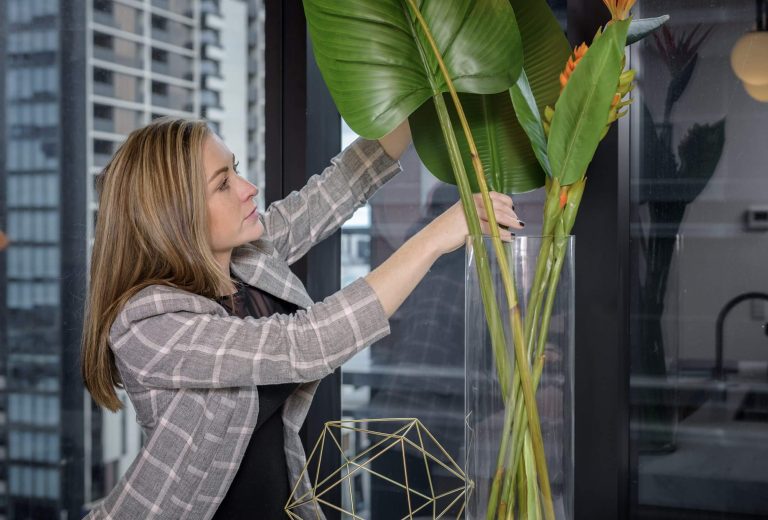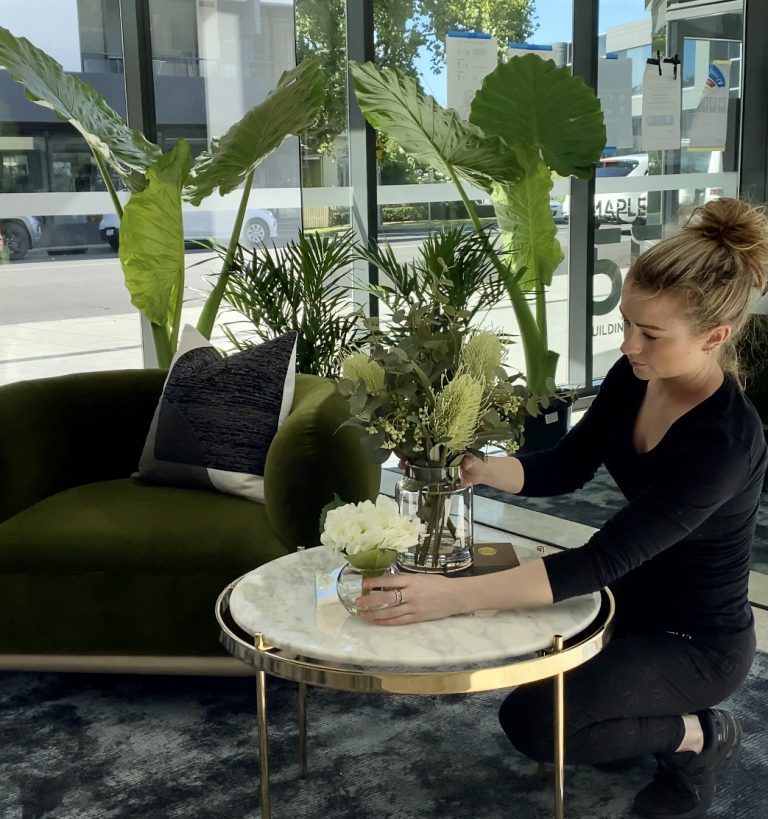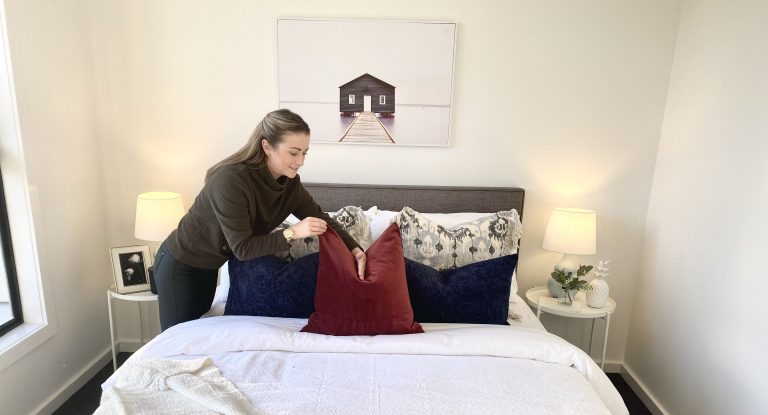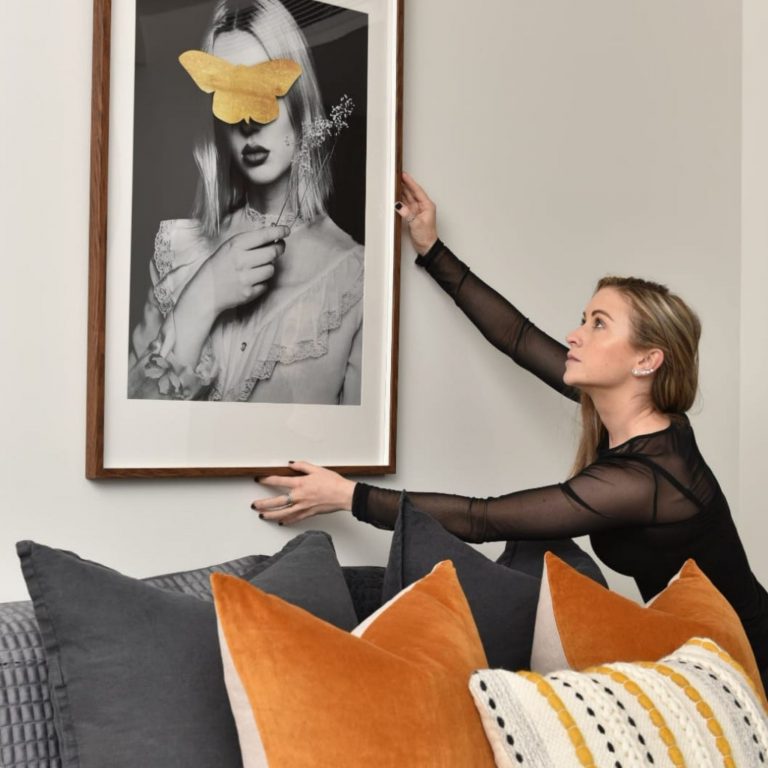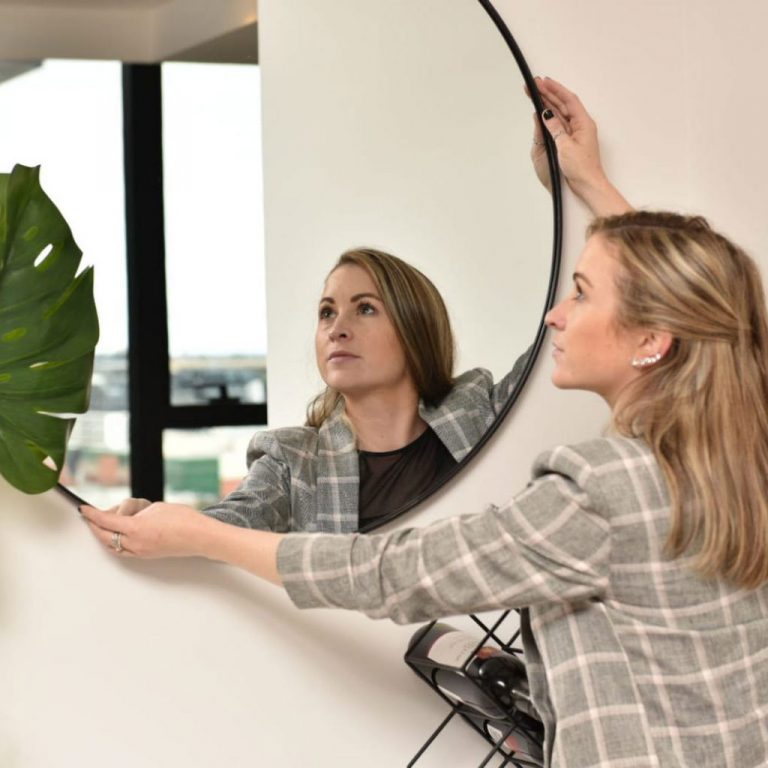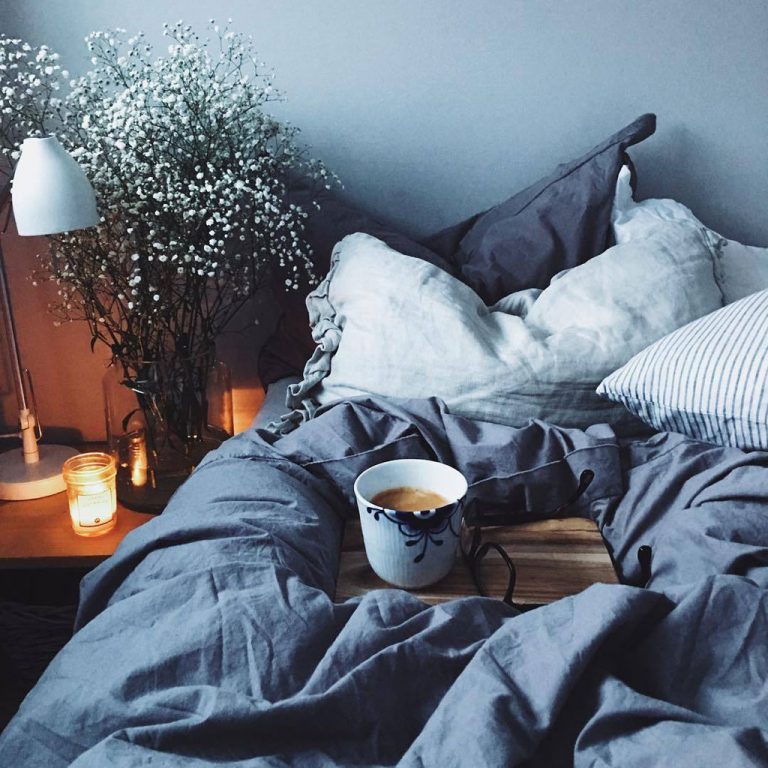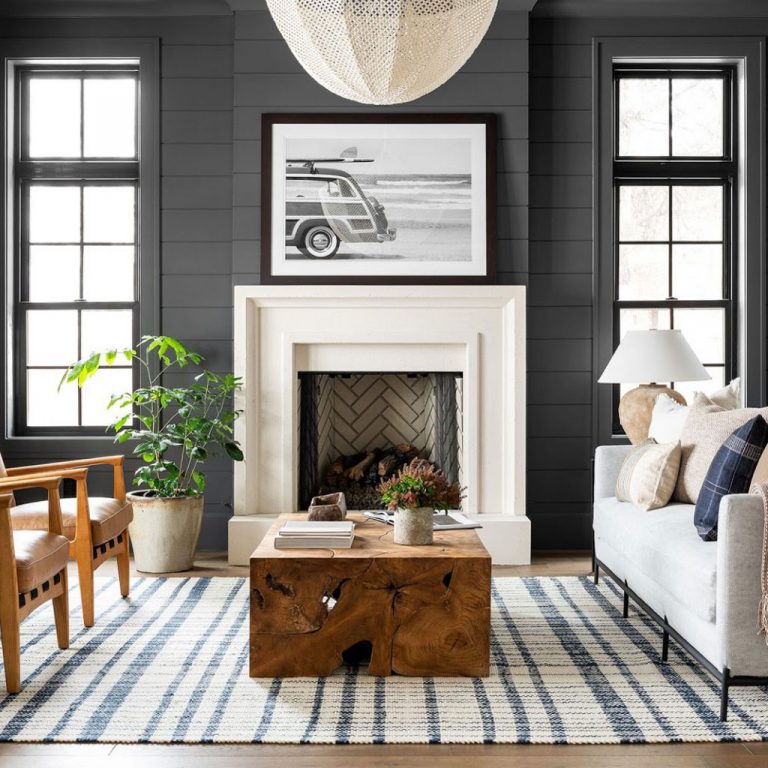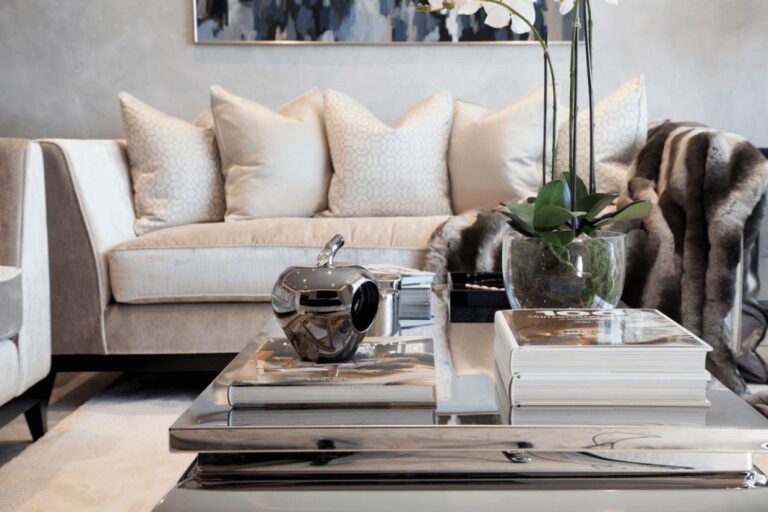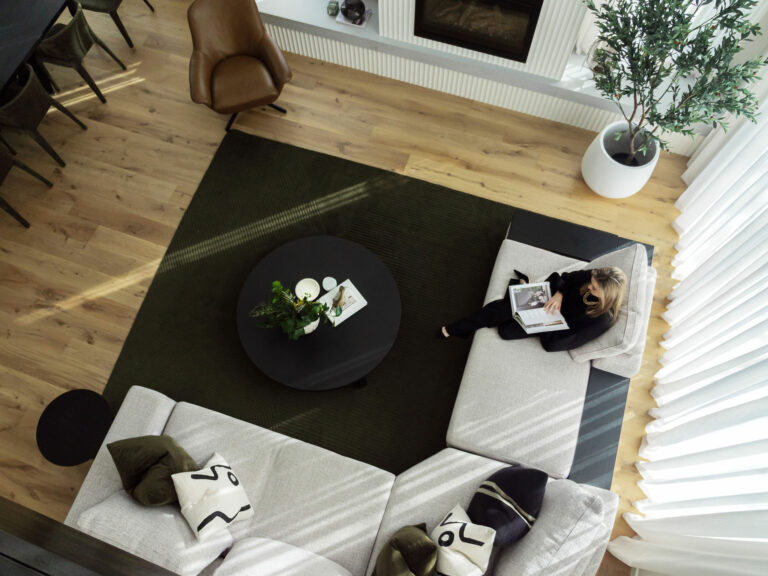
Your home is your biography and tells the story of who you are. I am here to help you write your next chapter.
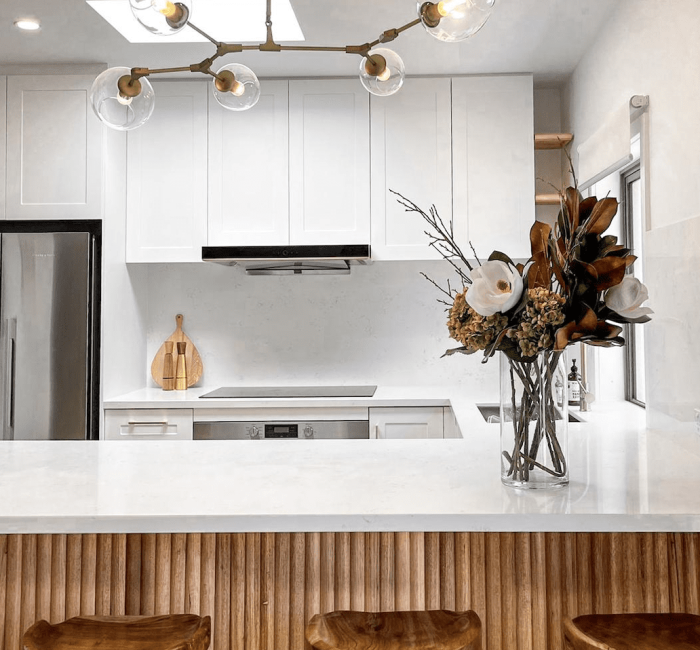
How to choose the right lighting for your home.
Lighting can literally make or break a space, yet it is often overlooked or forgotten about by most people when they build or renovate their homes. It should be hashed out from an early stage of your build which means you will need to plan ahead and consider the tasks that will take place in each space (which I highly recommend anyway).
I’ve heard some horror stories from my clients. They tell me things like “we ran out of budget when it came to the lighting” or ” we didn’t see lighting as a priority” or “we just let the builder do what they wanted because we had no idea”. Big mistake! Builders are great at what they do, but generally, they don’t think about the interior design or functionality of a space. Lighting is not thoughtfully placed for furniture arrangement or daily tasks, but for the building itself.
Check out the below image to see where the (well-known) builder placed my client’s pendant! What on earth would she want a pendant there for? I felt terrible for her when I saw this. But don’t worry, we are amending this and it will look beautiful when complete!
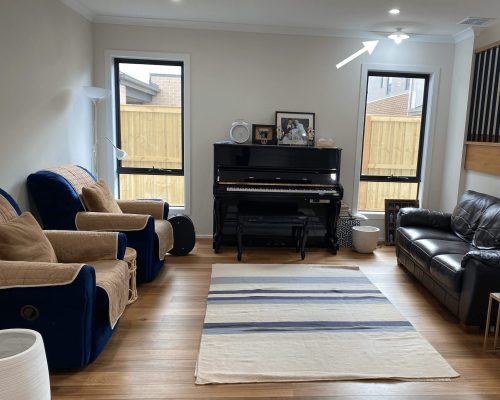
Benefits of good lighting
We all know that natural light has major benefits for our mental well-being and mood. Well, the same goes for artificial lighting, and that is where I’ll be focusing for this blog.
A good, layered, lighting plan can influence our mood, stabilise our circadian rhythm, assist with concentration and productivity, and provide cosiness, intimacy and a sense of security in our homes. Physically speaking, good lighting can make a space feel larger, taller or wider, draw attention to something specific, guide you along a hallway, create intensional symmetry and even save you money (LED’s).
How to create a three layered lighting plan
Firstly, I’d highly recommend you collaborate with an Interior Designer or Lighting expert for this. As mentioned, light plays a crucial role in the success of your Interior Design. But for argument’s sake, let’s assume that is not an option. Here is how you’d create your lighting plan:
- On your floorplan, map out where you need Ambient lighting. Ambient lights illuminate the room entirely and are necessary for clear visibility overall. Your ambient lights are the recessed or ceiling-mounted lights. Be careful not to overdo these by keeping around 1.4m-1.8m between each fitting (depending on the room size). A good rule of thumb is to divide the ceiling height by two for your spacing.
- Figure out what tasks will be completed in each space and choose light accordingly. Task lights help you complete the task with ease such as reading or cooking.
- Add your accent lighting to focus on something specific like down-lighters in a display unit or a picture light over an artwork.
- Plan your budget ahead of the next stages so that you don’t run out of cash in the end.
- Pick your light fittings to complement each other but show contrast. Lighting is a great way to define and separate an open plan space.
What lighting should I choose for each room in my home?
The Entry and Hallway Lighting
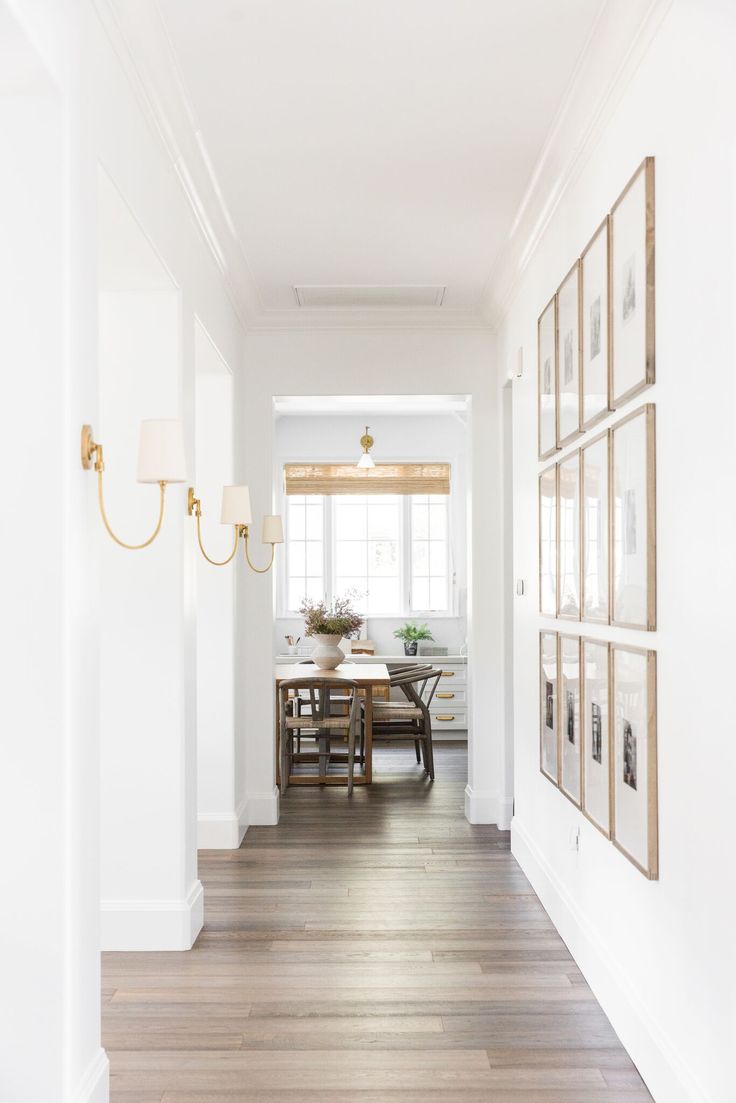
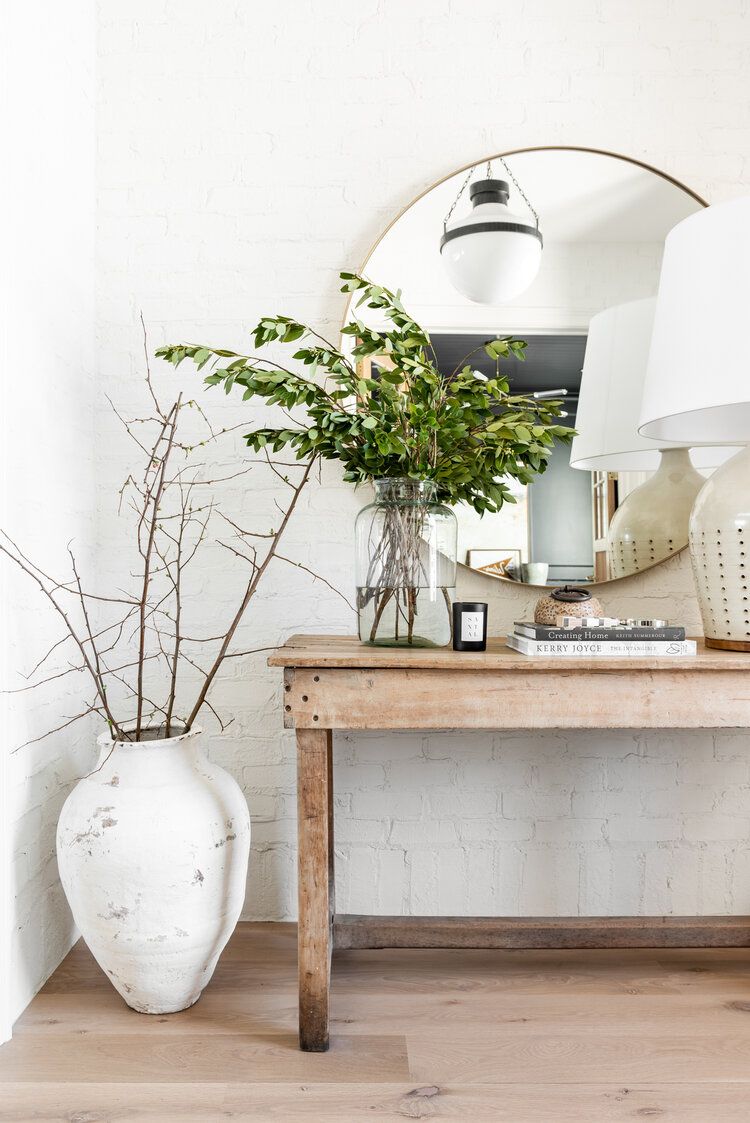
Formal Living Room Lighting
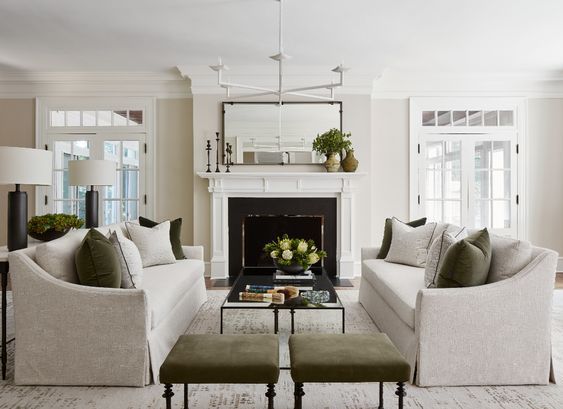
Kitchen/Living/Dining Room Lighting
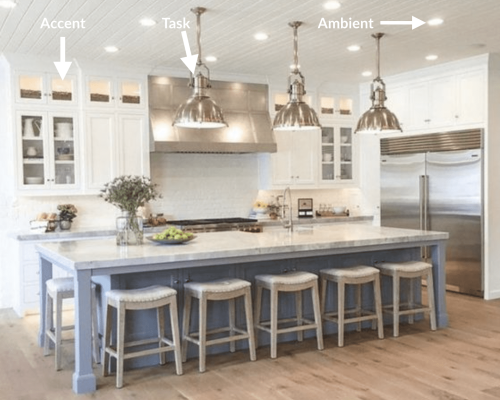
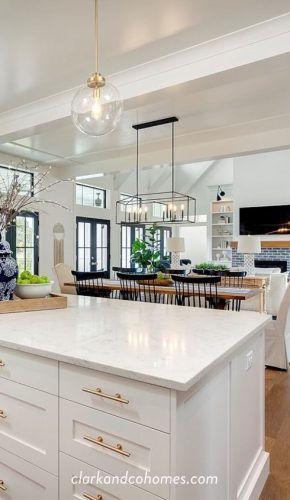
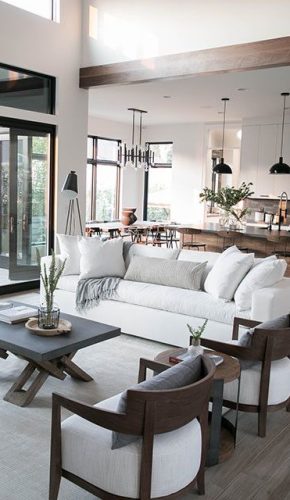
Bedroom
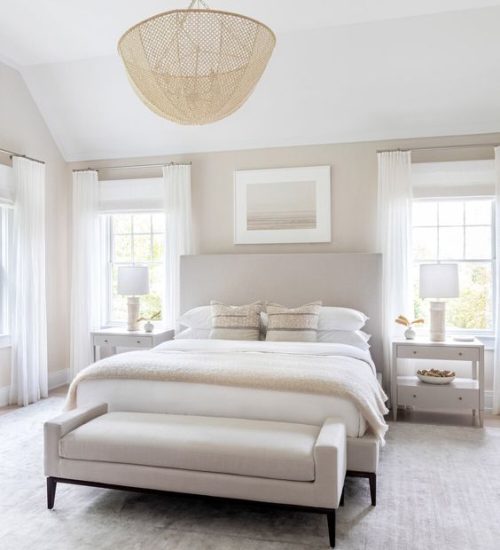
Bathroom
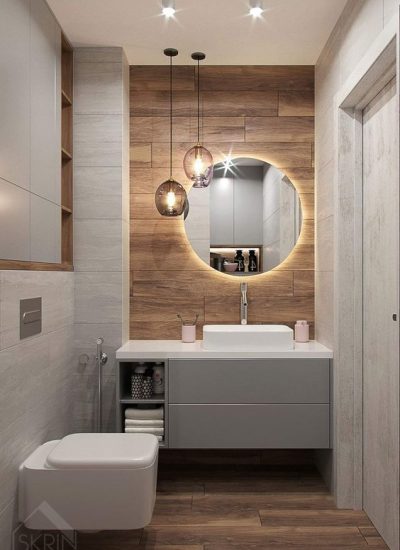
What light globe should I choose?
These days, everyone is using LED bulbs. They are cheaper to run and provide the best quality of light. It is important to think about the amount of light required from your light for every part of your home. This brightness is measured in Lumens. The higher the lumens the brighter the bulb.
You will definately want to consider the mood you get from your bulbs too and this comes from the colour or temperature of the light. We measure temperature in “kelvins” and this scale goes from 1000k to 10,000k. The optimum kelvins for your home would be anywhere between 2000 and 4000k. 2000k (warm) would be for ambient lighting while 4000k (cool) would be for task lighting. This graph below is a great way of demonstrating warm and cool lighting.
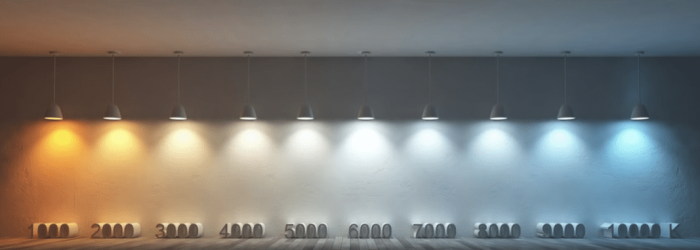
I hope this blog has been illuminating….get it?! So what are the biggest takeaways from this blog?
- Don’t leave your lighting plan to the end!
- What tasks will be required in each space? Tackle your lighting accordingly.
- Aim for three layers of lighting per space: Ambient, task and accent lighting.
- The lighting in one space should complement each other not match.
- Use dimmers to help you change the mood of your room throughout the day.
- Divide your ceiling height by two for your spacing recommendation between recessed lights.
- The higher the lumens, the brighter the bulb.
- Stick between 2000 and 4000 kelvin for your light temperature.
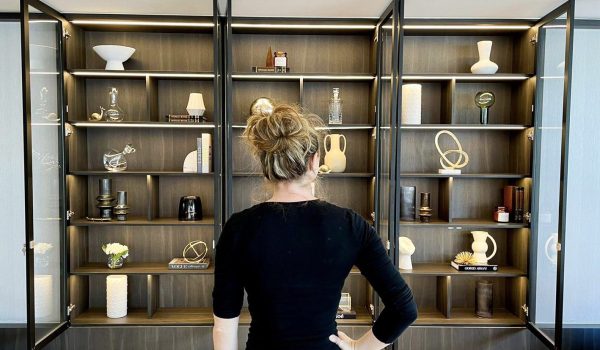
Book a discovery call below if you’d like some help planning your home’s lighting!
Thanks for reading, take care.

Tracey Bright, Interior Designer.
< Click my face to get in touch.
If you learned a thing or two, share this blog on your socials below.
